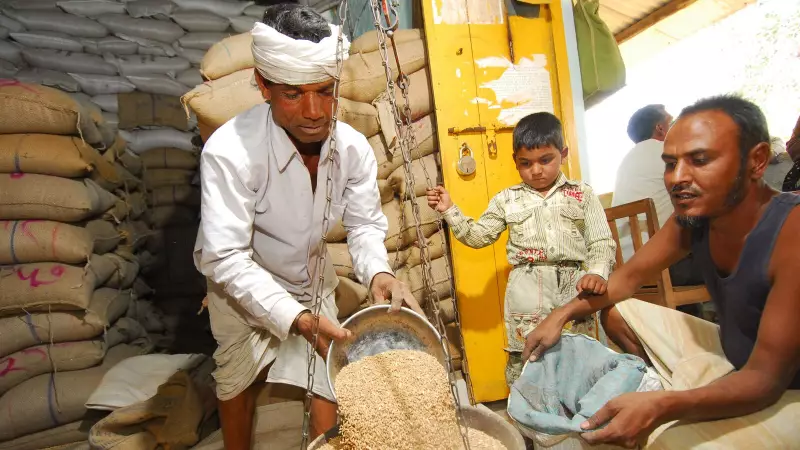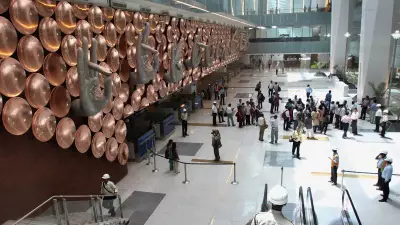
A revolutionary discussion paper from India's Ministry of Statistics and Programme Implementation (MOSPI) has sent shockwaves through economic circles, revealing a fundamental flaw in how we measure inflation. The study highlights how free foodgrains distributed under schemes like PM Garib Kalyan Anna Yojana (PMGKAY) are creating a distorted picture of consumer price inflation in India.
The Hidden Inflation Conundrum
When the government provides essential commodities like wheat and rice for free, traditional Consumer Price Index (CPI) calculations face an unprecedented challenge. The current methodology essentially treats these free goods as having zero cost, potentially underestimating the true economic burden on households if these schemes were to be discontinued.
The core issue is profound: How do you accurately measure the cost of living when a significant portion of the population receives essential items without paying market prices?
Why This Matters for Every Indian
The implications extend far beyond academic debates. Accurate inflation data is the bedrock of economic policy-making, influencing everything from interest rate decisions to fiscal planning and social welfare schemes.
- Policy Blindspots: Misleading inflation data could lead to inappropriate monetary and fiscal policies
- Household Impact: The true economic stress on low-income families might be underestimated
- Future Planning: Any potential withdrawal of free food schemes could trigger sudden inflation spikes
Rethinking Economic Measurement
The MOSPI paper suggests exploring alternative approaches, including:
- Imputed pricing that accounts for the market value of free goods
- Developing supplementary inflation indices that capture the full economic reality
- Creating scenario-based models to understand potential future inflation trajectories
The timing couldn't be more critical as India continues to balance welfare economics with fiscal responsibility. With food items constituting nearly 46% of the CPI basket, the distortion effects are substantial and cannot be ignored.
The Road Ahead for Economic Policy
This discussion paper opens a vital conversation about modernizing our economic measurement tools. As welfare economics evolves in the digital age, our statistical frameworks must keep pace to provide accurate, actionable data for policymakers and citizens alike.
The findings underscore the need for a more nuanced understanding of inflation that reflects the complex reality of India's mixed economy, where government support and market forces coexist and interact in ways that traditional models struggle to capture.





